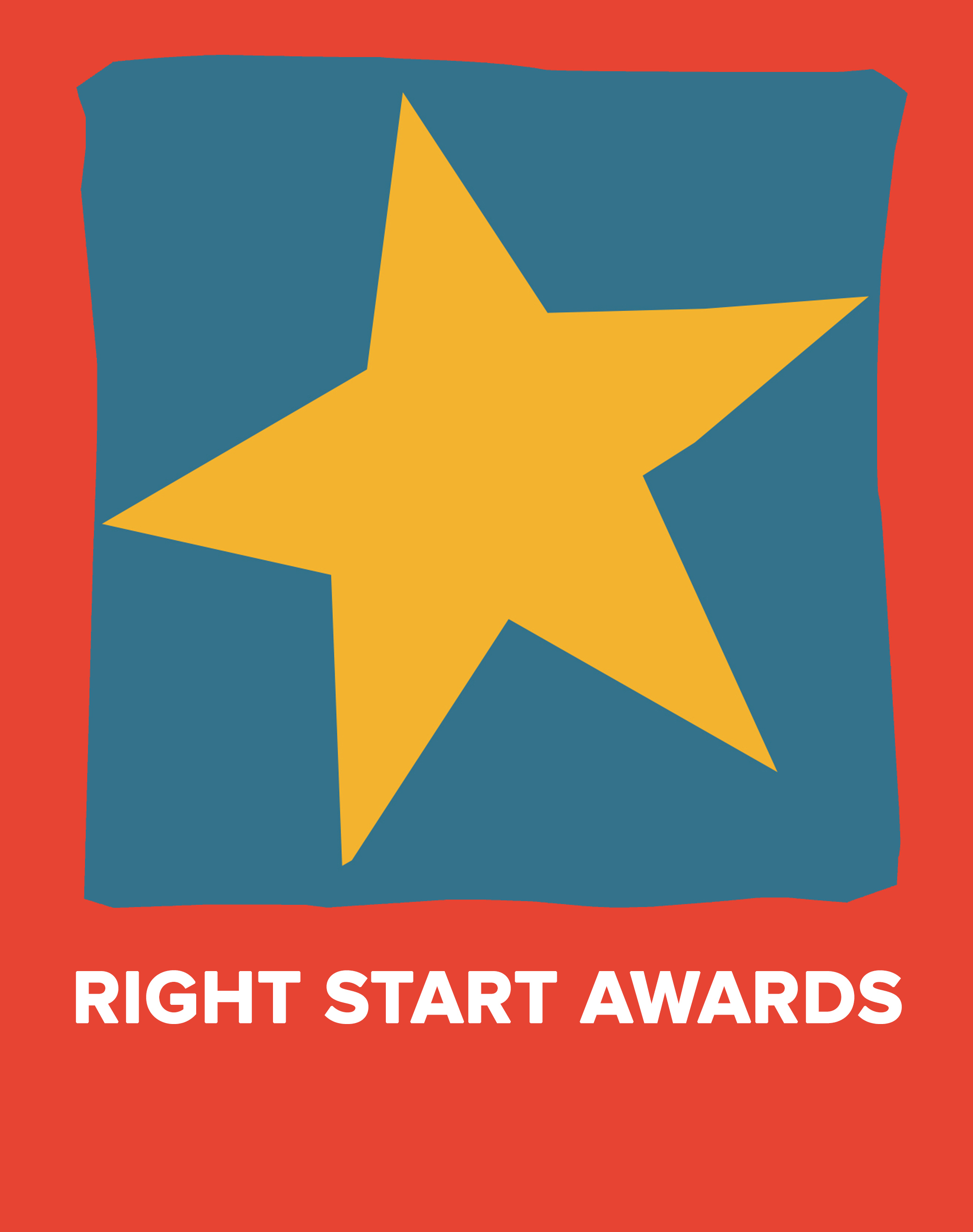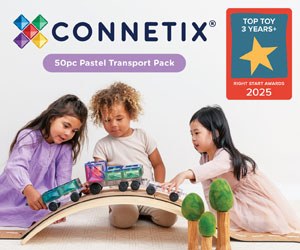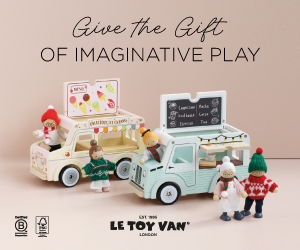Money matters
Published
Children need to begin to understand the value of money from early on. But in an increasingly cashless society, this can be a problem. Whereas parents once introduced children to money through coins, many of us now use contactless for the simplest transactions. Richard Stone, Chief Executive of The Share Centre, offers some tips:

TALK ABOUT IT We tend to be naturally reserved when talking about money, but with children it is important to their understanding on what money means. Talk about the reason you go to work, what earning money involves and what different things cost. Talk about how much things cost relative to each other and ask your children whether they think that’s right.
USE CASH One of the biggest challenges today is that money is less tangible. Most of us use our debit or credit cards and pay with contactless cards. Using cash is a more tangible way of demonstrating to children what money is really all about. You can go one step further and allow children to pay using cash. This helps with maths, adding up the price of things and working out what change might be due.
ODD JOBS Again, even the simplest odd job can help to show the value of money and the concept of earning and work. If you pay children in cash, you could then allow them to spend that cash or perhaps take some of it to a bank or building society and put it into a savings account for later. For older children you can have more detailed conversations about savings, interest rates and even investing. The idea they could own a little bit of Tesco or Marks & Spencer makes for an interesting conversation when out shopping.
SHOW THEM ‘OTHER MONEY’ If you are on holiday overseas, make sure you get some local currency. Explain that not every country uses the same money. Talk about the pictures on the notes – they may well depict the head of state, for example, or places of interest. Talk about the exchange rate and work out whether familiar things, such as a favourite drink, cost the same.
LEAD BY EXAMPLE Children learn by example, so the best way to teach your child about saving money is to save money yourself. Have your own jar of money that you put coins in regularly. You can also show your children what their Junior ISA or CTF has become worth over a period of time relative to what you have contributed on their behalf.







